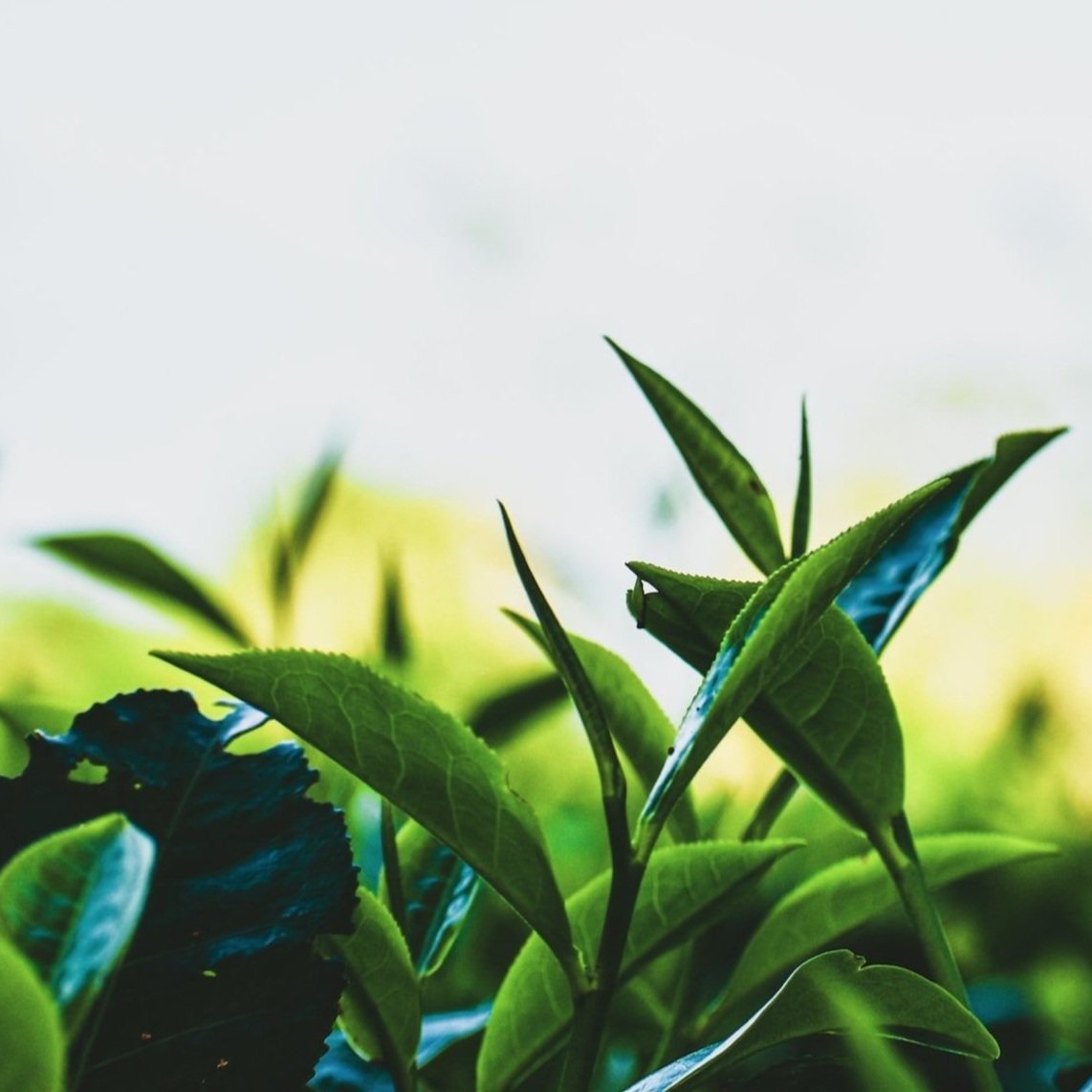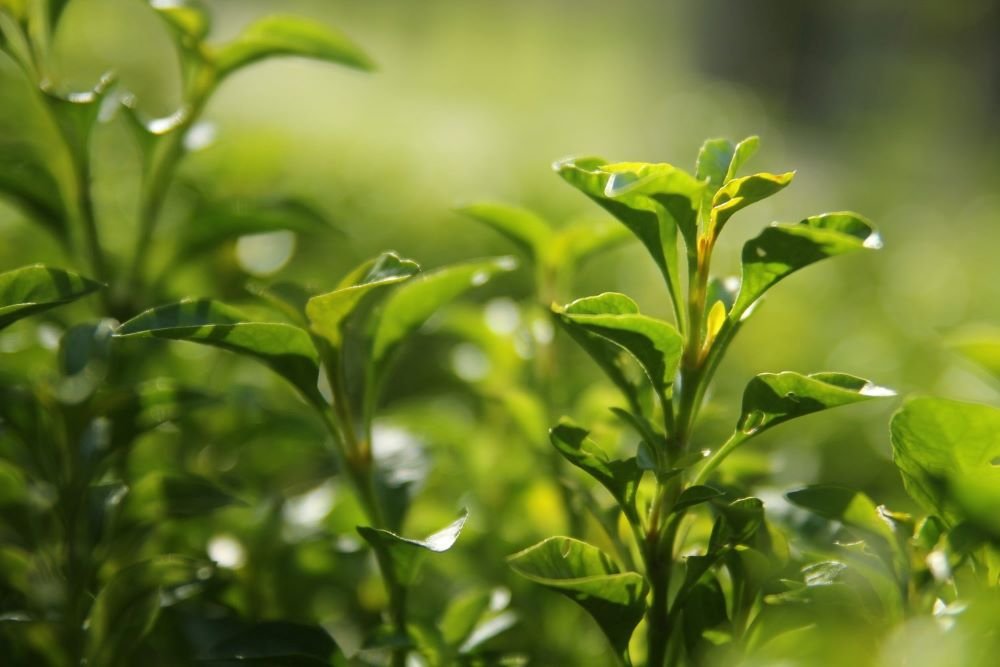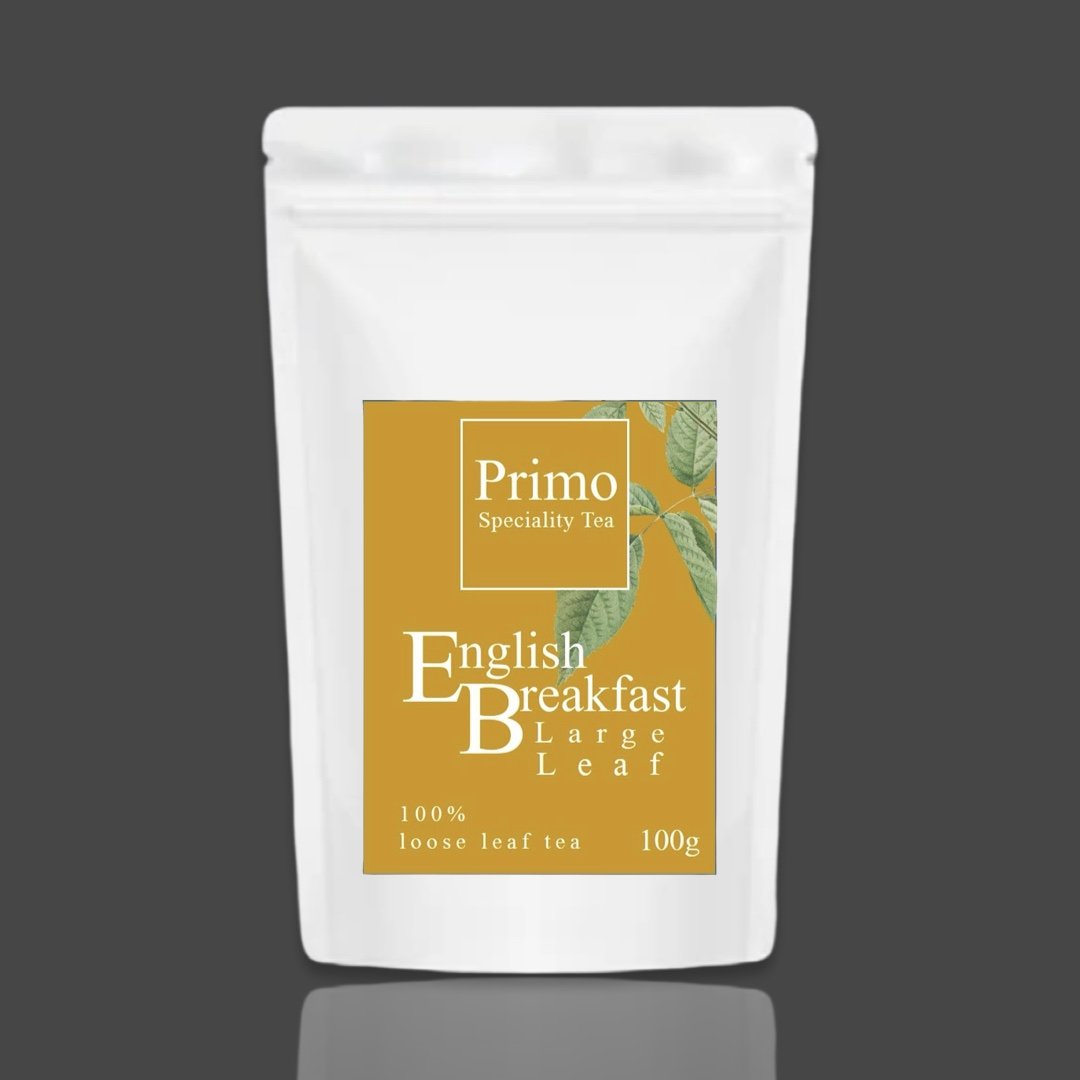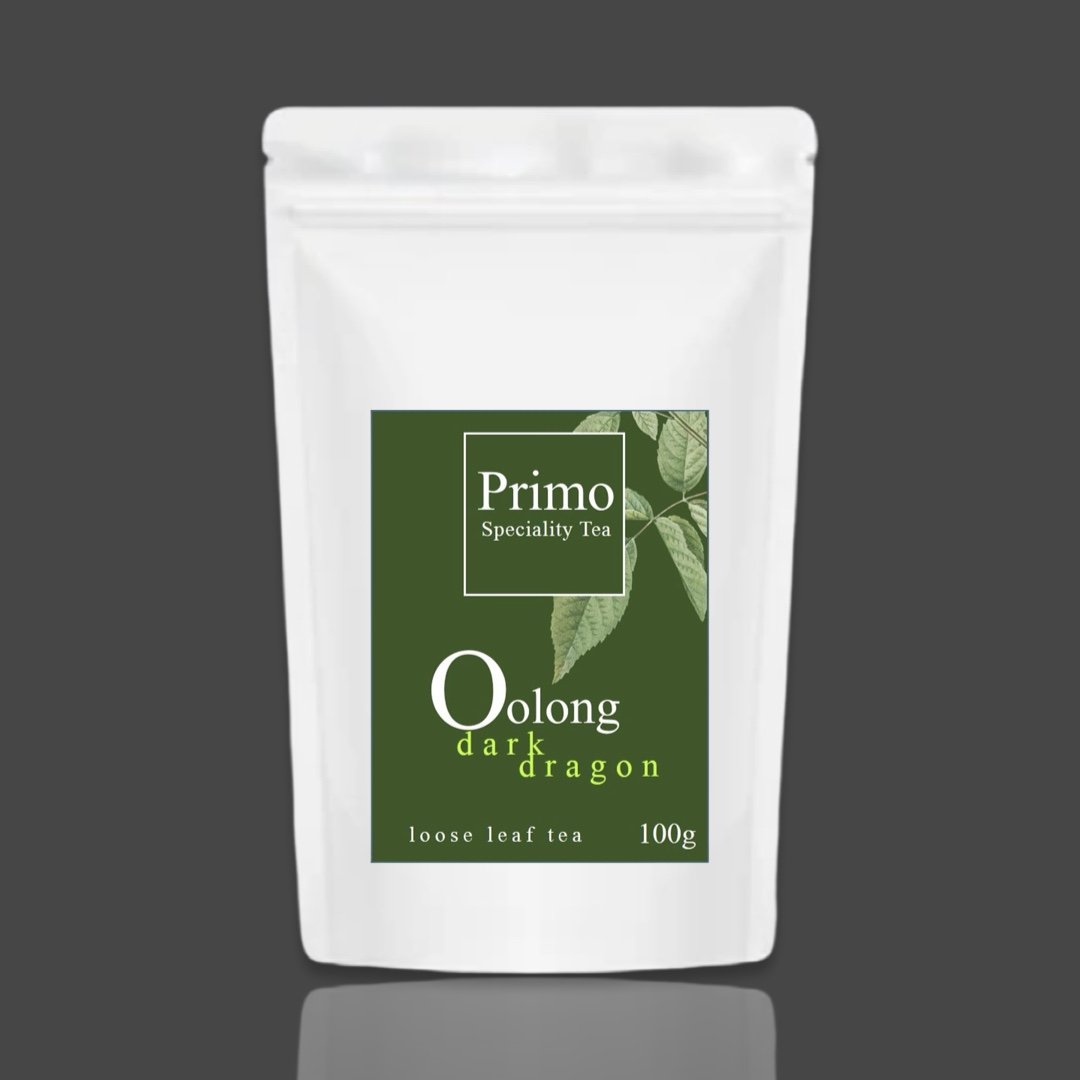A short history of Tea - Types, Grades & Brewing Methods
A short history of Tea
The story of tea begins in China. According to legend, in 2737 BC, the Chinese emperor Shen Nung was sitting beneath a tree while his servant boiled drinking water, when some leaves from the tree blew into the water. Shen Nung, a renowned herbalist, decided to try the infusion that his servant had accidentally created. The tree was a Camellia sinensis, and the resulting drink was what we now call tea.
All tea comes from the Camellia sinensis plant, an evergreen shrub that may grow up to sixty feet in the wild. When cultivated for harvest, tea bushes are kept to a height of about three feet.
There are over 3000 varieties of tea, each with its own specific characteristics. The naming and growing of teas is in many ways similar to wine. Just as Bordeaux wine is named after the Bordeaux region in France and Champagne can only be produced in the province of Champagne, many teas are also named after the area they are grown in. For example, Assam tea is named after the Assam region in India and Yunnan tea is named after the Chinese province. Like wine, where the tea is grown, the climate, soil conditions and how the tea is processed will altogether determine its flavour characteristics.
The Origin of Afternoon Tea
Surprisingly, the history of afternoon tea is a new English tradition, popularized in the 1660s but 'afternoon tea' emerged in the mid 19th century."
In 1840, the 7th Duchess of Bedford introduced afternoon tea in England because she got hungry around 4 o'clock, a long time between lunch and the fashionable late dinner at 8 o'clock. She asked for a tray of tea, bread and butter, and cake in her room late in the afternoon, and soon started inviting friends to join her.

Types of Tea

Black Tea
Black tea is withered, fully oxidized and dried. Black tea commonly yields a hearty, amber-coloured brew. Some of the most popular types of black teas are bold breakfast teas (e.g. English Breakfast, Irish Breakfast) and Darjeelings.

Green Tea
Green tea production endeavors to avoid the oxidation of the tea leaves, in order to retain its natural green colour and fresh flavour. In Japan, the leaves are steamed, while other countries will pan-fire or dry it through other methods. This type of tea has a more delicate flavour than black tea and often brews up pale green or golden in colour.

Oolong
Oolong tea is produced mainly in China and Taiwan and is only partially oxidized. This type of tea can range from tasting similar to a fresh green tea, the flavour can vary widely, depending on where the tea leaves are grown and how the tea is made.
.
White Tea
White tea is the least processed tea along with green tea, Oolong tea and black tea. White tea is known to be one of the most natural teas on the market and is made from the leaves of the Camellia Sinensis plant. The leaves are picked when they are just budding and the new growth is covered in little white hairs, hence where the name white tea comes from.
There is quite a lot of jargon and acronyms surrounding tea.
Tea grading can soon become very complicated; there is not a worldwide standard, with China, the biggest producer of tea not using the system most widely used.
The most familiar tea grading system described here, the Orange Pekoe system, categorises tea according to
a ) the size of the tea leaf and
b) which part of the tea leaf your tea contains.
Both of which will affect the flavour. It is the inclusion of the buds (known as tips) that indicates the higher quality teas.
There are four main classifications of tea grades – Whole leaf, broken leaf, fannings and dust.
Grades of Tea

Whole Leaf Teas
Orange Pekoe tea (OP)
The basic term for a medium grade whole leaf tea. Orange Pekoe tea contains long, pointed leaves that are larger than those found in FOP tea. It is harvested later in the year when the end buds open into leaf. Orange Pekoe tea does not usually contain tips and importantly doesn't contain any Orange!
Flowery Orange Pekoe (FOP)
Flowery Orange Pekoe tea is made from the end bud and first leaf of each shoot. Flowery Orange Pekoe tea contains fine, tender young leaves with buds, also referred to as tips (a mark of quality tea).
Golden Flowery Orange Pekoe (GFOP)
This refers to FOP tea where the tips have a golden colour due to being picked earlier in the tea growing season.
Tippy Golden Flowery Orange Pekoe (TGFOP)
A FOP tea that has a larger proportion of golden tips than GFOP.
Finest Tippy Golden Flowery Orange Pekoe (FTGFOP)
Very high quality FOP. In the tea trade FTGFOP tea is humorously said to mean “Far too good for ordinary people”.
Supreme Finest Tippy Golden Flowery Orange Pekoe (SFTGFOP)
Very high quality FOP with lots of golden tips. The numeral "1" is often added to the end of the description to indicate a top quality tea (e.g. SFTGFOP1).
The Brewing Method
Brewing is the extraction of the goodness nature has induced in the black, oolong, green or white tea leaves. Using the right amount of tea for the volume of tea you wish to brew is critical, as is the method of brewing.
There are several ways of brewing tea with varying sizes of teapot, ratios of tea to water and traditions although the most convenient and efficient is this. Use 2.5g of tea per 220ml water. Using a clean and dry teaspoon, place the 2.5g tea in a clean, odour free and pre-heated teapot.
Pre heat the teapot and cups by swirling around some hot water in them and pouring it out before brewing. Pour freshly, once boiled water onto the tea leaves using 220ml per 2.5g of tea. Poor preparation is the most common cause of tea that fails to please.
Black teas and Fruit Tisanes should be brewed with water at close to boiling point, whereas with Green and White teas the boiled water should be allowed to cool to around 80 degrees C.
The amount of time you leave the leaves to infuse is a personal choice but generally speaking Black tea should be given around 3-5 minutes. Fruit Tisanes need significantly longer. Anything up to 10 minutes. Experiment and you will find the perfect brew technique for you!
More Tea
Discover More About Us
-

Our Story
Primo Coffee and Tea Ltd was born on Christmas Eve 2015. A conversation around the kitchen table turned to business and before we knew it we were diving in to the world of coffee.
-

A Bit About Coffee
Find out about the history of Coffee, how and where its cultivated, processed and roasted. You may also find our brew guides helpful.














